In the world of pet care technology, designing a small pet tracker PCB is a complex yet rewarding endeavor. Pet owners want compact, lightweight devices to keep track of their furry friends without causing discomfort. However, creating a miniature pet tracker PCB design comes with unique challenges, from size constraints to power efficiency. In this comprehensive guide, we'll explore the key obstacles in designing a compact pet tracking device and provide practical solutions using advanced PCB miniaturization techniques. Whether you're an engineer or a product designer, this post will help you navigate pet tracker size constraints and build an effective solution.
Why Miniature Pet Trackers Matter
Pet trackers have become essential tools for ensuring the safety of dogs, cats, and other small animals. A miniature pet tracker offers real-time location data through GPS, cellular, or radio signals, allowing owners to find their pets quickly if they wander off. The demand for smaller, lighter devices is growing as pet owners prioritize comfort for their animals. A bulky tracker can irritate a pet or even fall off, so size reduction is critical. However, shrinking the device introduces significant challenges in PCB design, which we’ll address in detail below.
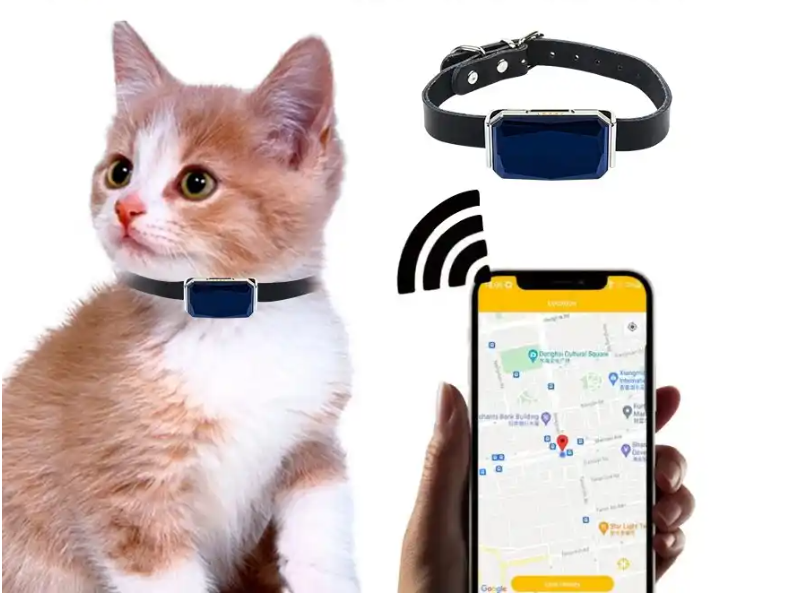
Key Challenges in Designing a Small Pet Tracker PCB
Creating a small pet tracker PCB involves balancing functionality with size, power, and durability. Let’s break down the primary challenges engineers face during this process.
1. Pet Tracker Size Constraints
The most obvious hurdle is fitting all necessary components—GPS module, microcontroller, battery, antenna, and communication hardware—into a tiny form factor. For a pet tracker to be comfortable, it often needs to be smaller than 40mm x 40mm and weigh less than 20 grams. This limited space makes component placement and routing a puzzle. Every millimeter counts, and traditional PCB layouts may not suffice.
2. Power Management and Battery Life
A miniature pet tracker must operate for days or even weeks on a single charge. However, smaller batteries have lower capacities, often below 200mAh for compact designs. This constraint demands ultra-low-power components and efficient power management circuits. Additionally, charging circuits must be integrated into the tiny PCB without increasing its footprint significantly.
3. Signal Integrity and Antenna Design
GPS and cellular signals require reliable antennas, but miniaturization often compromises antenna performance. A smaller PCB means less space for an antenna, which can lead to weaker signal reception or transmission. Maintaining signal integrity while reducing the board size is a critical challenge, especially when dealing with high-frequency signals that can interfere with nearby components.
4. Thermal Management in Compact Designs
With components packed tightly into a small area, heat dissipation becomes a concern. High-power components like GPS modules or cellular transceivers generate heat that can affect performance or damage nearby elements. Without proper thermal management, a compact pet tracking device may overheat, leading to reduced lifespan or failure.
5. Durability and Environmental Resistance
Pets are active, and their trackers must withstand rough conditions—rain, mud, impacts, and extreme temperatures. A miniature PCB must be robust despite its size, requiring careful material selection and protective coatings. Balancing durability with size constraints adds another layer of complexity to the design process.
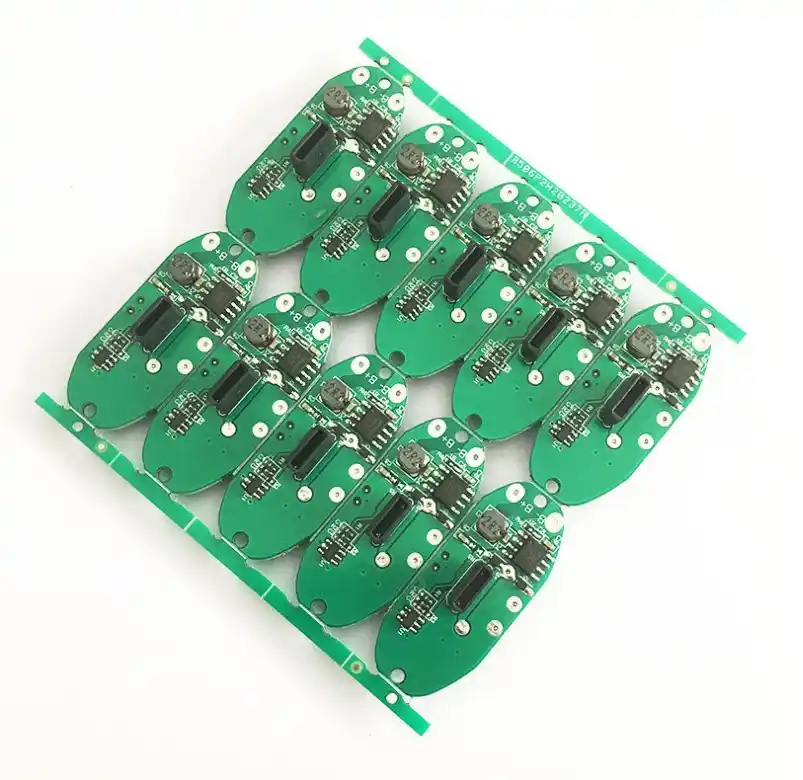
Solutions for Miniature Pet Tracker PCB Design
Despite these challenges, modern PCB miniaturization techniques and innovative design strategies can help engineers create effective small pet trackers. Below are actionable solutions to overcome the obstacles mentioned above.
1. Leveraging Advanced PCB Miniaturization Techniques
To address pet tracker size constraints, engineers can use several miniaturization methods:
- High-Density Interconnect (HDI) PCBs: HDI technology allows for finer traces (down to 0.075mm) and smaller vias (as small as 0.1mm), enabling more components in a smaller area. This is ideal for a miniature pet tracker PCB design where space is limited.
- Multi-Layer Boards: Stacking components across multiple layers (4 to 8 layers) reduces the PCB’s surface area. For instance, a 4-layer board can house a GPS module on one layer, power circuits on another, and ground planes to minimize interference.
- Chip-on-Board (COB) Technology: Directly mounting bare chips onto the PCB eliminates the need for bulky packaging, saving space. This is particularly useful for microcontrollers and sensors in a small pet tracker PCB.
By combining these techniques, engineers can shrink the PCB footprint to meet the strict size requirements of pet trackers.
2. Optimizing Power Efficiency
To extend battery life in a compact pet tracking device, consider the following approaches:
- Low-Power Components: Select microcontrollers with sleep modes that consume less than 1μA in standby. For example, certain 32-bit MCUs operate at 1.8V and draw minimal current during idle periods.
- Power Management ICs (PMICs): Integrate a PMIC to regulate voltage and manage charging. A typical PMIC for small devices can handle input voltages from 3V to 5.5V, ensuring efficient power distribution.
- Duty Cycling: Program the tracker to update location data intermittently (e.g., every 5 minutes) rather than continuously, reducing power draw by up to 60%.
Using a small lithium-polymer battery with a capacity of around 150mAh, combined with these strategies, can achieve a runtime of several days.
3. Enhancing Signal Integrity with Compact Antennas
Antenna design is critical for reliable GPS and cellular communication. Here’s how to maintain performance in a small form factor:
- Ceramic Chip Antennas: These are compact (as small as 3.2mm x 1.6mm) and designed for GPS frequencies (around 1.575 GHz). They can be surface-mounted directly on the PCB, saving space.
- Trace Antennas: Embedding an antenna trace on the PCB itself eliminates the need for an external component. A well-designed trace for a 2.4 GHz signal can achieve a gain of -2 dBi, sufficient for short-range communication.
- Ground Plane Optimization: Ensure a solid ground plane beneath the antenna to reduce interference and improve signal strength. A ground plane of at least 20mm x 20mm can stabilize performance.
Simulation tools can help test antenna placement and impedance matching (typically 50 ohms) before manufacturing, ensuring optimal signal integrity.
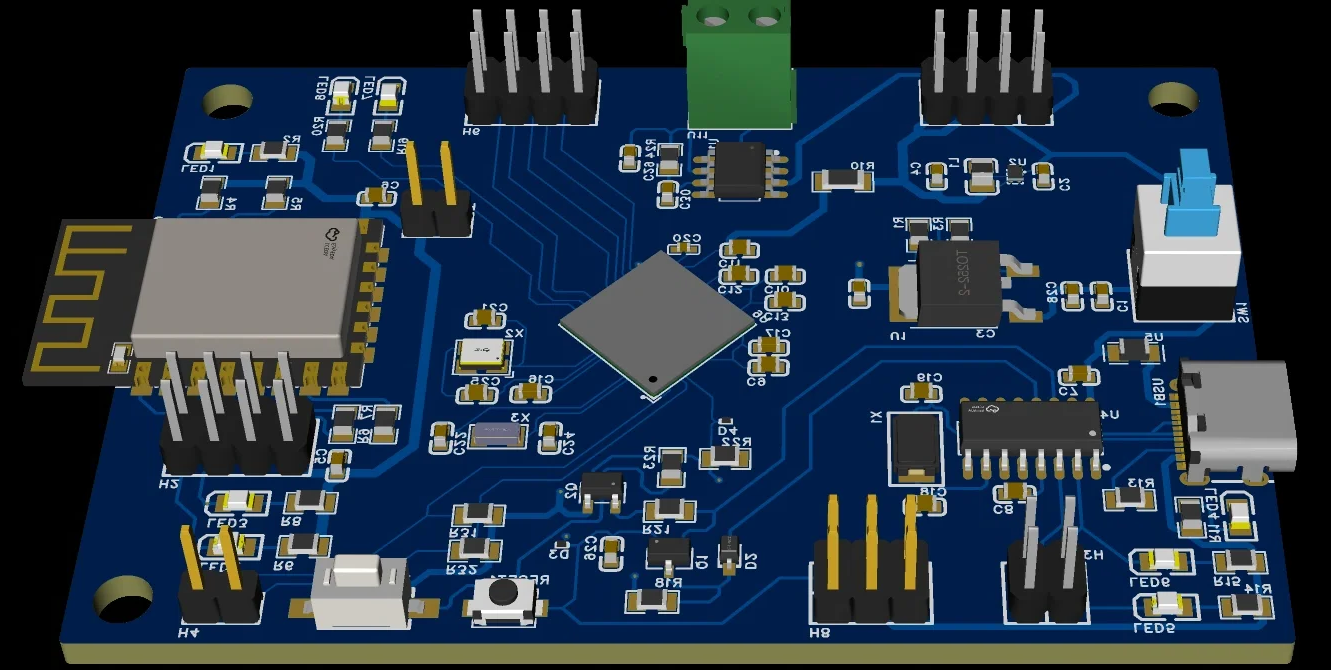
4. Managing Heat in Miniature Designs
Thermal management is achievable even in a tiny PCB with these strategies:
- Thermal Vias: Add vias (0.3mm diameter) near high-power components to transfer heat to other layers or a heat sink. For example, placing 10-15 thermal vias under a GPS module can reduce its operating temperature by 5-10°C.
- Component Spacing: Even in a compact layout, maintain at least 0.5mm spacing between heat-generating components to prevent hotspots.
- Material Selection: Use PCB substrates with higher thermal conductivity, such as FR-4 with a thermal conductivity of 0.3 W/mK, to dissipate heat more effectively.
These measures ensure the tracker operates within safe temperature ranges, typically below 85°C for most components.
5. Ensuring Durability in Harsh Conditions
To make a miniature pet tracker PCB design durable, focus on protection and robust materials:
- Conformal Coating: Apply a thin layer (0.025mm to 0.13mm) of protective coating to shield the PCB from moisture and dust. Silicone-based coatings are ideal for outdoor use.
- Enclosure Design: House the PCB in a rugged, IP65-rated enclosure to protect against water and impacts. The enclosure should add minimal bulk, ideally under 5mm in thickness.
- Component Selection: Choose components rated for wide temperature ranges (-20°C to 70°C) to handle outdoor environments.
These steps ensure the tracker withstands the wear and tear of a pet’s active lifestyle.
Practical Tips for Designing a Compact Pet Tracking Device
Beyond specific solutions, here are some general tips to streamline the design process for a compact pet tracking device:
- Start with a Schematic: Create a detailed schematic to map out all components and connections before layout. This helps identify space-saving opportunities early.
- Use Simulation Software: Tools for signal integrity and thermal analysis can predict issues like crosstalk or overheating before prototyping.
- Iterate with Prototypes: Build and test multiple prototypes to refine size, power, and performance. For instance, test a 40mm x 30mm board first, then shrink to 35mm x 25mm if feasible.
- Prioritize Key Features: If space is extremely limited, focus on core functions like GPS tracking over secondary features like activity monitoring.
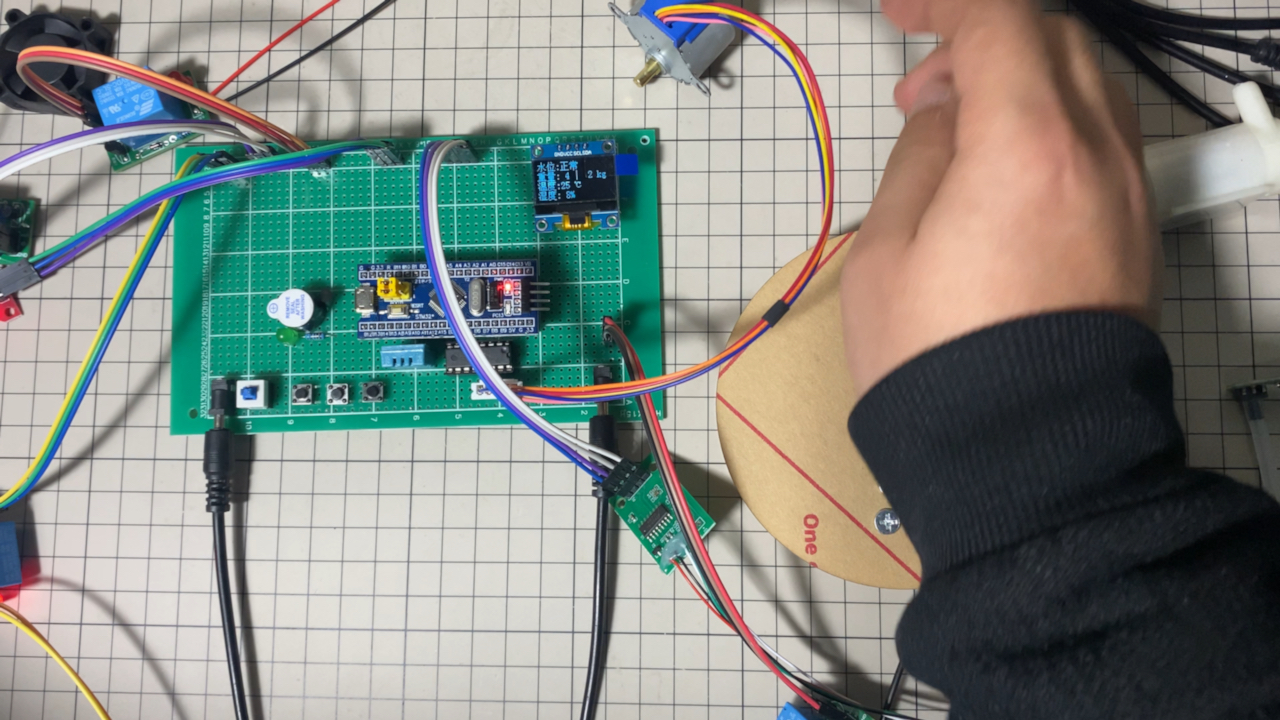
Future Trends in Miniature Pet Tracker PCB Design
The field of pet tracking technology is evolving rapidly. Emerging trends that could further ease pet tracker size constraints include:
- System-on-Chip (SoC) Solutions: Combining GPS, cellular, and microcontroller functions into a single chip reduces PCB real estate significantly. Modern SoCs can measure as small as 5mm x 5mm.
- Flexible PCBs: Using flexible substrates allows the PCB to conform to curved or irregular shapes, fitting into smaller enclosures.
- Energy Harvesting: Future trackers may use solar or kinetic energy to supplement battery power, reducing the need for large batteries.
Keeping an eye on these advancements can help engineers stay ahead in designing cutting-edge pet trackers.
Conclusion
Designing a small pet tracker PCB is no easy task, with challenges ranging from pet tracker size constraints to power and signal issues. However, by applying PCB miniaturization techniques like HDI boards, optimizing power with low-energy components, and ensuring durability with protective coatings, engineers can create a reliable and compact pet tracking device. At ALLPCB, we’re committed to supporting innovative designs with high-quality manufacturing solutions tailored to miniature applications. With the right strategies and tools, your miniature pet tracker PCB design can meet both technical and user needs, keeping pets safe and owners happy.
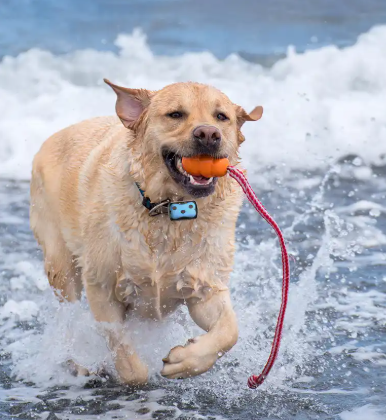
 ALLPCB
ALLPCB







